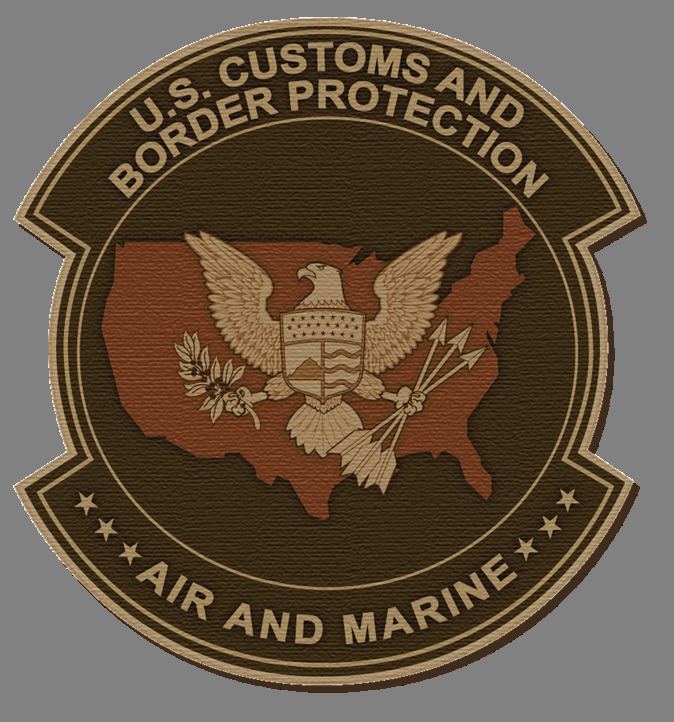Formed January 17, 2006 Annual budget $814.5 million (2011) | Employees 1,843 (2011) Federal agency United States | |
 | ||
Preceding agencies Aviation, maritime, and investigative resources of the United States Customs ServiceAviation resources of the United States Immigration and Naturalization Service Legal personality Governmental: Government agency | ||
Air and Marine Operations (AMO) is a federal law enforcement agency within U.S. Customs and Border Protection (CBP), a component of the Department of Homeland Security (DHS). AMO is the world's largest civilian aviation and maritime law enforcement organization. Its mission is to protect the American people and nation’s critical infrastructure through the coordinated use of air and marine assets to detect, interdict and prevent acts of terrorism and the unlawful movement of people, illegal drugs, and other contraband toward or across the borders of the United States. Air and Marine Operations Agents and Officers are endowed with the authority to enforce Title 8 (Aliens and Nationality) and Title 19 (Customs) of the United States Code in addition to the general law enforcement powers bestowed upon federal law enforcement agents.
Contents
This specialized law enforcement capability allows AMO to make significant contributions to the efforts of the Department of Homeland Security, as well as to those of other federal, state, local, and tribal agencies. AMO is uniquely positioned to provide direct air and maritime support to multiple agencies and to ensure the success of border protection and law enforcement operations between ports of entry, within the maritime domain and within the nation’s interior. To accomplish its mission, AMO employs over 1,200 Federal Agents and Officers at 70 locations, operating more than 260 aircraft of 26 different types, and approximately 300 maritime vessels. It is one of the major operational components within U.S. Customs and Border Protection, along with the Office of Field Operations (OFO) and the Office of Border Patrol (OBP).
History and consolidation
The USCS Air and Marine Interdiction Division was transferred to Immigration and Customs Enforcement (ICE), becoming the Office of Air and Marine Operations (AMO).
The U.S. Border Patrol with its aviation and marine assets was transferred from the Immigration and Naturalization Service to U.S. Customs and Border Protection, becoming the Office of Border Patrol.
Missions
Among AMO's many missions are anti-terrorism, countering smuggling, and stopping illegal immigration. The agency uses its aviation and marine assets to detect, interdict, and apprehend conveyances carrying terrorists, contraband, or undocumented aliens intending to enter the United States illegally. AMO also leverages its unique detection and interdiction capabilities to support individual components of the Department of Homeland Security and Department of Justice. Providing support to agencies and multi-jurisdictional task forces such as ICE Homeland Security Investigations, the United States Secret Service, Customs and Border Protection, the United States Coast Guard, the Federal Bureau of Investigation, National Special Security Events, and Joint Interagency Task Force South accounts for the bulk of AMO operations.
To accomplish its missions, AMO utilizes a multitude of fixed and rotary wing aircraft, unarmed versions of military UAVs, as well as high speed blue water interceptors and utility vessels for strategic operations in high-risk areas. All CBP aviation missions are conducted by Air Interdiction Agents, while CBP maritime operations in the Great Lakes, territorial waters, and international waters are the responsibility of Marine Interdiction Agents. Patrol Agents from the Office of Border Patrol are responsible for conducting U.S. Customs and Border Protection's marine missions in the small lakes and rivers along the Mexico–US and Canada–US borders.
Air and Marine Operations Agents and Officers work with both U.S. and foreign agencies and military forces to support their law enforcement efforts. Personnel and assets are deployed abroad to support Department of Homeland Security priorities, most notably for foreign training and counter narcotics missions.
